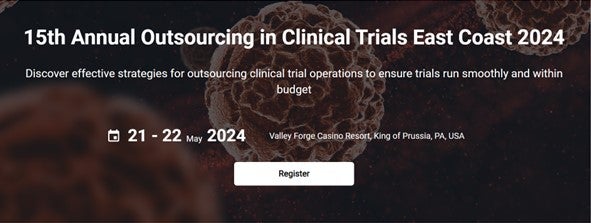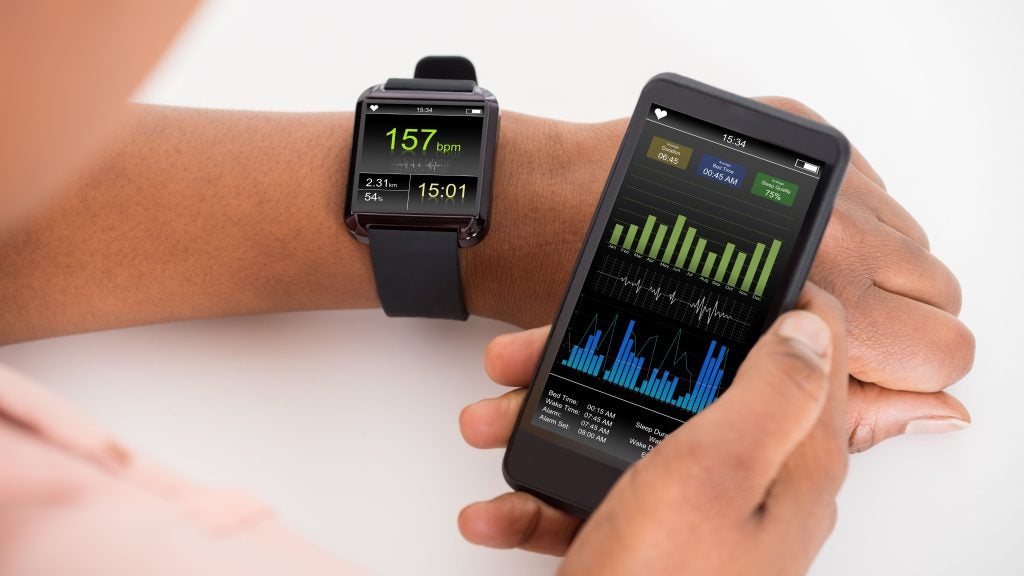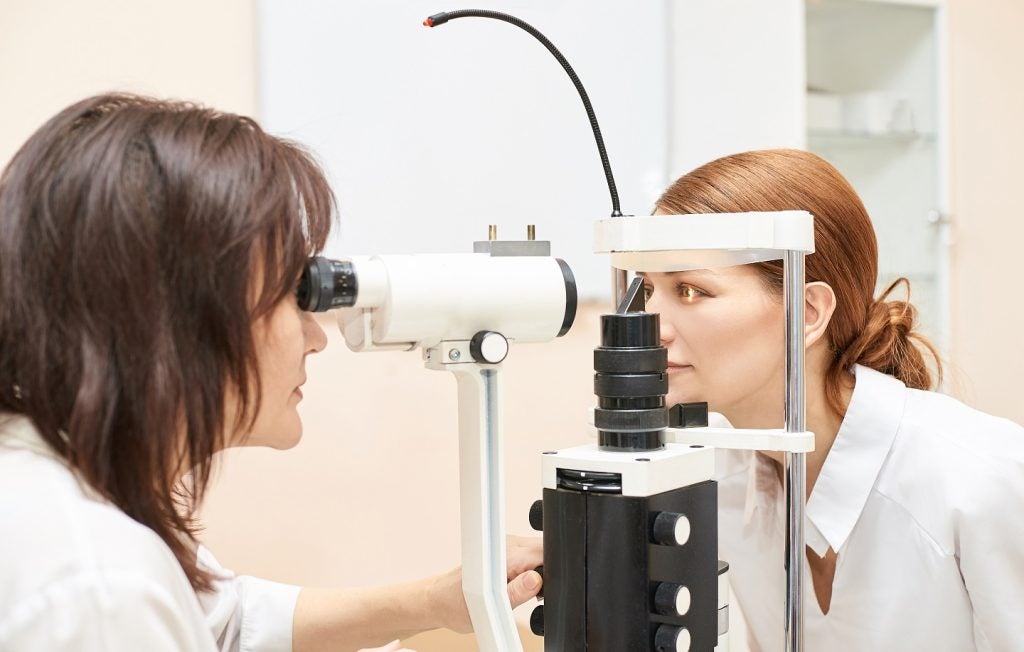
All clinical trials encounter difficulties along the way but rare disease trials have a variety of complexities which can make it even more difficult to get them over the line.
There are over 7,000 rare diseases that impact over 300 million people globally yet just 5% of those diseases have a licensed treatment. As a result, there is a huge unmet need to bring treatments to these patients.
At the same time, there is growing pressure on big pharma to reduce their carbon footprint, particularly in clinical trials. Rare disease trials are often complex to execute, with ongoing pain points such as patient recruitment, financing, and site enrolment. As a result, environmental sustainability is something rare disease companies are conscious of but it is not always a priority if they want to bring life changing treatments to patients.
According to research by Thermo Fisher Scientific, the clinical trial industry produces 37.6 to 100 megatons of fuel per year, equivalent to the annual use of Sweden.
The industry knows that it needs to face up to its environmental impact, but the question is, should this be at the risk of thousands of patients potentially missing out on life changing medicine?
See Also:
Some things will never change
In larger trials for more prevalent diseases, sponsors will set up several sites which will be within driving distance for most patients. Meanwhile, in rare disease trials, there can be just one site per country, meaning patients may need to take a flight from one side of the country to the other to participate.
How well do you really know your competitors?
Access the most comprehensive Company Profiles on the market, powered by GlobalData. Save hours of research. Gain competitive edge.

Thank you!
Your download email will arrive shortly
Not ready to buy yet? Download a free sample
We are confident about the unique quality of our Company Profiles. However, we want you to make the most beneficial decision for your business, so we offer a free sample that you can download by submitting the below form
By GlobalDataAs a result, each patient will produce a higher carbon footprint on average just to allow them to participate in the trial, says Julie Matthews, CEO of UK-based rare disease contract research organisation (CRO) TMC Pharma, and this is something that is unlikely to change.
“I think it would be pretty much impossible to reduce carbon footprint in rare disease,” Matthews says. “Depending on how rare the disease is, you may only have a handful of patients. Some hospitals may only have one patient a year and they are fighting to get them on a trial.”
Once a patient is enrolled, ensuring they are comfortable is top of the agenda according to Erin O’Boyle, senior vice president and head of clinical operations at California-based rare disease biopharma Rezolute Bio. O’Boyle says that this is what helps form a good relationship and trust between the patient and the sponsor.
“I go where the patients are – where the highest unmet need is,” O’Boyle says. “I understand this impacts carbon footprint, but I also understand the patients’ needs at the other end and you must give them things that are going to make their participation in the study easier. If that affects the carbon footprint slightly, I’m willing to take that hit.”
In-person monitoring is vital
With the rise of technology, big pharma sponsors are moving to remote monitoring of sites to try and reduce carbon footprint while also saving money. If there is an issue at a site, it could lead to site closure, but for a rare disease trial, this could be the difference between completion and termination.
As a result, Matthews says that it is in the company’s best interests to visit in person and make sure that everything is in order to keep that site onboard.
“There is a real push in big pharma which is working on products with thousands of patients and these companies are beginning to do some centralised work and remote monitoring, they have more opportunity to be considerate than in the rare disease field,” Matthews explains.
This of course means more emissions for the trial to go ahead but O’Boyle says that the sponsors do make considerations before a site visit to try and have less impact in the future.
“When we travel to sites, we bring things with us so we can reduce shipments which allows us a way to reduce the carbon footprint. Anytime we organise a visit to a site, we hold on to things and take it all with us,” O’Boyle says.
Change on the horizon Some changes are being made to make trials easier for patients and are also having a positive environmental impact. One example is the use of technology to reduce site visits and monitor patients more frequently.
“We need to monitor our patients daily, making sure they are drawing their bloods every day and following trial protocol and we do this by using devices,” says O’Boyle.
Although technology is becoming more commonly used to conduct patient assessments, in rare disease paediatric trials some families still prefer in-person visits says Dr. Odelia Chorin, rare disease paediatrician and clinical geneticist at the Safra Children’s Hospital, Sheba Medical Center.
“I offer telehealth to my patients, but they choose to come to the site because they prefer the in-person experience and conversation,” Chorin explains. “Overall, there is going to be increased use of telehealth but when a patient wants to come in, we are always going to accommodate that.”
Another resource the industry has is the use of real-world data, reducing the number of patients needed and therefore patient carbon footprint. The inclusion of real-world data can also assist from a financial and ethical standpoint, especially when it may be inappropriate to use a placebo arm.
“In some of our trials, it is really not appropriate to use a placebo as a comparator to see if a patient is responding or not,” Matthews says. “Every study we are looking at whether we can put a control arm in it or whether there’s anything historically we can use while ensuring that we are running a study that’s valuable statistically.”
Elad Berkman, co-founder of PhaseV, a company which uses machine learning to optimise trial design, says that rare disease trials are starting to use the Bayesian adaptive clinical trial design which can improve sustainability but also get drugs to market quicker.
The Bayesian design allows trial parameters to be modified based on the collected data. This includes historical data and new data so that sponsors can update the probability of hypotheses during the trial.
“By employing Bayesian design principles using advanced technology, these trials can leverage both historical data and data accumulated during the trial itself,” Berkman explains. “This enables a more dynamic assessment of treatment efficacy and safety, potentially accelerating the delivery of new treatments to patients while also enhancing the overall sustainability of drug development in the rare disease sector.” O’Boyle adds that data can be used to help with progression of candidates in other rare disease indications, thereby reducing the number of patients needed to get a drug over the line.
“We’re doing an insulinoma expanded access trial but we’re able to leverage our congenital hyperinsulinism programme to be able to move quicker into Phase III with insulinoma patients,” O’Boyle explains. “The congenital hyperinsulinism programme data can be used as real-world data for other studies using the same molecule.”
There are ways in which rare disease trials are reducing the carbon footprint but those involved are always looking at the bigger picture. The balance at the end of the day is that although each patient does produce more emissions in rare disease trials, these companies are bringing potentially life-changing or lifesaving treatment to thousands of patients who have nowhere else to turn and at a patient level, that is far more important.







